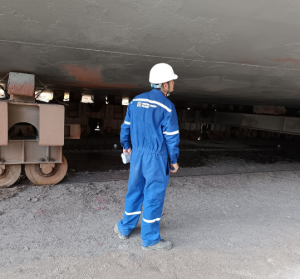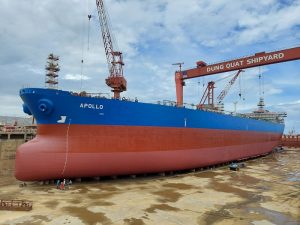According to the Ship Technical Notice from the Vietnam Register, at the 75th meeting (from November 16 to November 20, 2020), the Marine Environment Protection Committee (MEPC) of the International Maritime Organization (IMO) has approved amendments to the International Convention on the Management of Ballast Water and Ballast Water Sediments (BWM). This amendment, expected to take effect from June 1, 2022, stipulates that ballast water management systems, when fully installed on board a ship, must be operationally tested as the basis for issuing The international certificate of ballast water management for ships. Ballast water sampling for testing shall be carried out in accordance with IMO Circular BWM.2/Circ.70/Rev.1 of 9 December 2021 “Guidelines for Operational Testing of Ballast Water Management Systems”.
The above regulations on testing and operating the ballast water management system are intended to meet market requirements. Shipowners require evidence that the ballast water management system installed on their vessel must function in accordance with the information contained in the type approval certificate and BWM Convention D-2 Discharge Standard. Operational testing by itself is not a substitute for type approval of a ballast water management system as required by the BWM Convention; but this test will show that the ballast water management system installed specifically for the ship is functioning according to the information contained in the type approval certificate. This is a tool to detect deviations from the approved function, which can be caused by manufacturing or installation errors. Sampling is part of operational testing to ensure that all mechanical, physical, chemical and biological processes are functioning properly throughout the entire ballast water management system. Sampling in particular and all operational testing in general must be carried out under the supervision of the competent authority of the flag country of the ship.
Sampling follows the procedure stated in Circular BWM.2/Circ.70/Rev.1, summarized as follows:
- Environmental water sampling (optional)
To determine the characteristics of environmental water, samples were taken during ballast water reception into the ship. Samples may be obtained by any practical means, such as using a sampling point on the inlet pipe or directly at the vessel’s mooring waters. Indicative analysis is sufficient for the characterization of the environmental water and therefore does not require performing a detailed analysis of the ballast water received on board the ship.
- Take samples of ballast water discharged from the ship
A sample of ballast water discharged from the ship is taken after applying full treatment by the ballast water management system in accordance with Circular BWM.2/Circ.42/Rev.2 “Revised guidance on the collection and analysis of ballast water samples for trial use in accordance with the BWM Convention and its guidelines (G2)”. This sample shall be representative of the total ballast discharge from any single tank or combination of tanks discharged. Samples should be taken as close as possible to the point of discharge outside the ship, and throughout the discharge if practicable.
The corresponding samples shall be analyzed to confirm that the ballast water treatment function of the ship’s ballast water management system complies with Standard D-2. Using accurate and reliable indicator analysis methods, the size categories of organisms listed in the Standard that need to be evaluated are:
- Organisms ≥ 50 mm
- Organisms 10 mm and < 50 mm
- Sampling methods and analysis results must be documented and submitted to the competent authority of the ship’s flag state
- Collection and analysis of representative samples should be independent of the manufacturer or supplier of the ballast water management system and to the satisfaction of the flag state
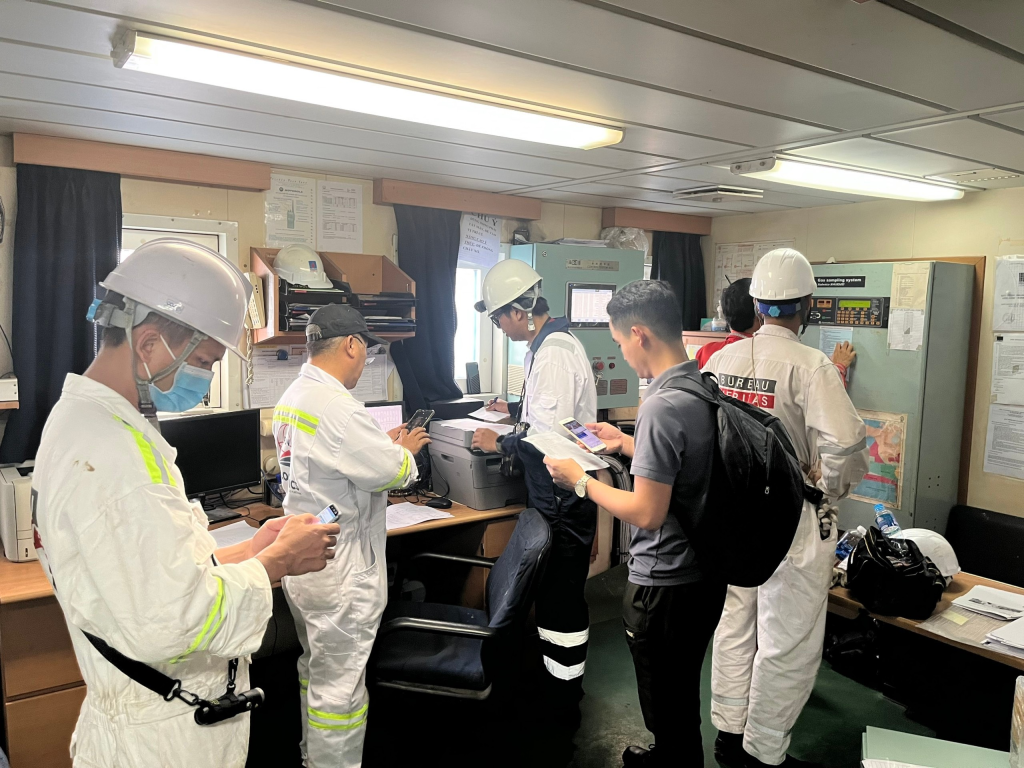
In particular, ships running on international routes must be required to undergo type approval testing by the BWMS Register for the next time after installation. Compulsory testing according to IMO standards.
Ships sailing into US waters will have to be tested and approved by the US government’s water sample standards, the USCG.
After the installation period, PSC inspectors in host countries have the right to request testing samples to check seafarers’ compliance with this convention.
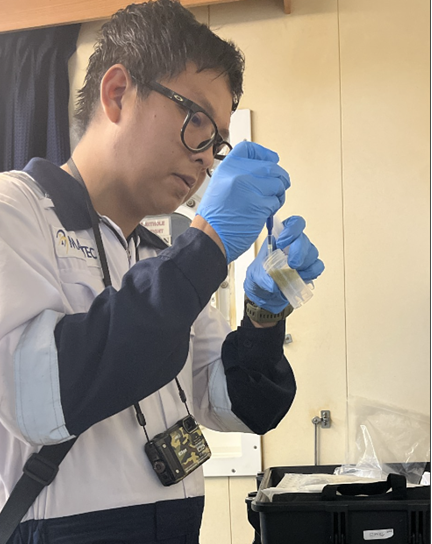
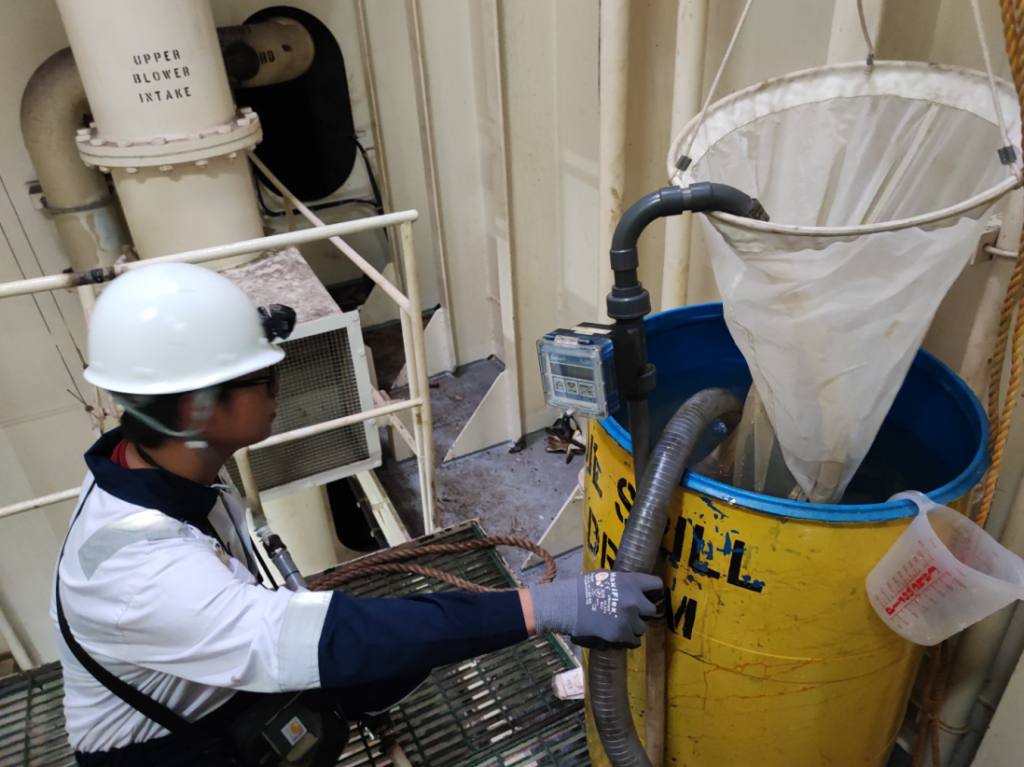
With many years of experience in the field of equipment supply, installation and provision of technical services for BWMS systems, An Tin Hai Phong is confident that it can provide ballast water sample analysis services to ensure that it meets the strict standards of most reputable classification organizations such as KR, NK, BV, DNV, VR, …





